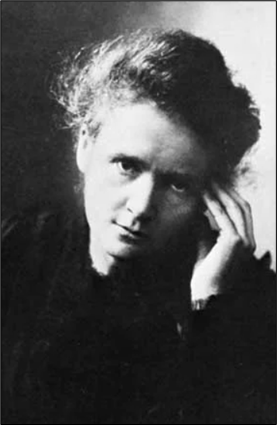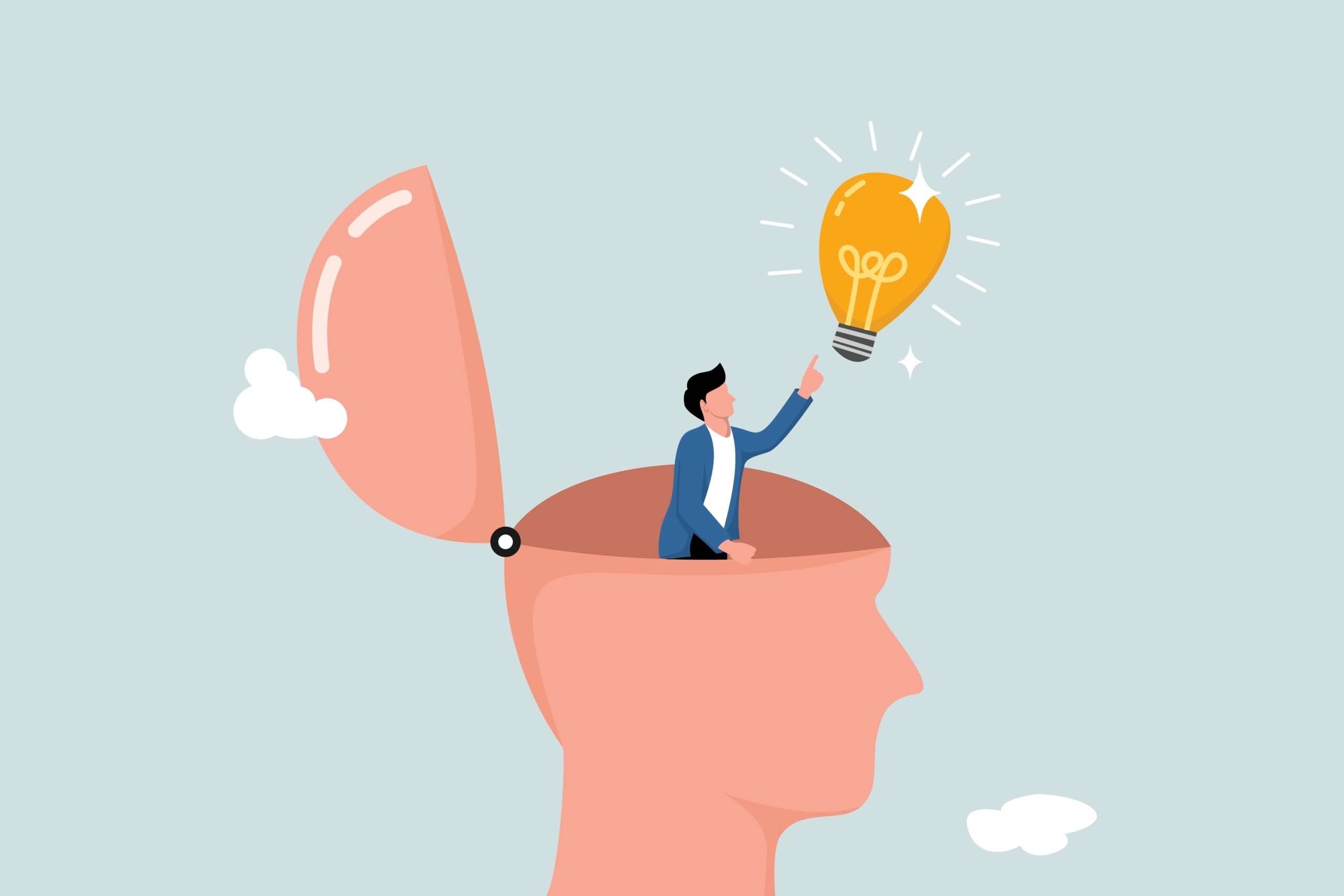Introduction
We live in a world filled with smart devices, including smartphones, smartwatches, and smart televisions. However, have you ever wondered what powers the tiny chips inside your smart devices? The secret lies in semiconductors – tiny but powerful materials that control electricity and are essential to modern electronics. Here’s something surprising: nuclear technology is now stepping into the spotlight to revolutionise these chips. With the help of nuclear technology, scientists are creating high–performance chips that power modern digital systems. Let’s take a closer look at how this works.
Application of Nuclear Technology in Electronics and Semiconductors
One of the key materials used in the manufacture of semiconductor chips is silicon. It is found in almost every electronic device, such as smartphones, laptops, electric cars, and others. To make silicon work properly in circuits, it must undergo a process called doping, in which specific elements are added to alter its conductivity and enhance its efficiency.
This is where nuclear science comes in. A special technique called Neutron Transmutation Doping (NTD) enables the precise modification of silicon’s atomic structure, thereby enhancing its electrical properties and ensuring optimal performance in electronic circuits. According to the International Atomic Energy Agency (2012), NTD silicon has a uniform doping concentration and uniform radial resistivity distribution, resulting in semiconductors that are more reliable and efficient.

Unlike the traditional method, NTD is a technique that exposes silicon to a controlled neutron source, transforming its atomic structure without the use of any additional reagents. When a neutron hits a silicon atom, it can change some of the atoms into phosphorus. The phosphorus atoms then add free electrons to the silicon. As a result, the silicon becomes better at conducting electricity. The reaction occurs as shown in the figure below.

But that’s not all nuclear science can do. In areas like aerospace, defence, and medicine, electronic devices must operate in environments with high levels of radiation. Nuclear facilities can recreate these extreme conditions to test and improve the durability of the chips. This ensures that critical electronic systems used in satellites, aeroplanes and medical equipment remain functional under extreme circumstances.
STEM and Future Careers in Nuclear and Semiconductor Industries
The exciting connection between nuclear science and electronics is a great example of how STEM – Science, Technology, Engineering, and Mathematics – drives innovation. Physics helps us understand how atoms behave, chemistry helps create new materials, and engineering combines this knowledge to design smarter and safer technology.
Students interested in these fields can pursue degrees in nuclear engineering, electronics, or materials science. Hands-on experiences through internships, research projects, and innovation challenges help students apply what they have learned in class to real–world applications.
Schools and universities can play a big role by organising STEM workshops, science fairs, and visits to labs as well as high-tech companies. These activities help young people understand how science connects to their everyday lives. Scholarships and mentorship programs can also offer valuable support.
Inspiring role models like Marie Curie or today’s tech pioneers in semiconductors inspire students to follow their curiosity. With the right guidance and opportunities, we can nurture the next generation of innovators in these exciting industries.

Conclusion
Nuclear technology is quietly transforming the semiconductor industry, enabling the creation of faster, stronger, and more reliable electronic devices. Improving how semiconductors are made and tested plays a key role in the technology we use every day. At the same time, these advancements open the door for young minds to explore exciting career paths and STEM fields, where science, technology, engineering, and mathematics come together to solve meaningful challenges. With support from educators, parents, and mentors, the next generation can turn their curiosity into innovation and build a smarter, more connected world – powered by science.
Prepared by:
Nurul Najwa binti Abdul Malek and Umi Zulaikha binti Mohd Azmi
Faculty of Applied Sciences, Universiti Teknologi Mara and Technical Support Division, Malaysian Nuclear Agency





